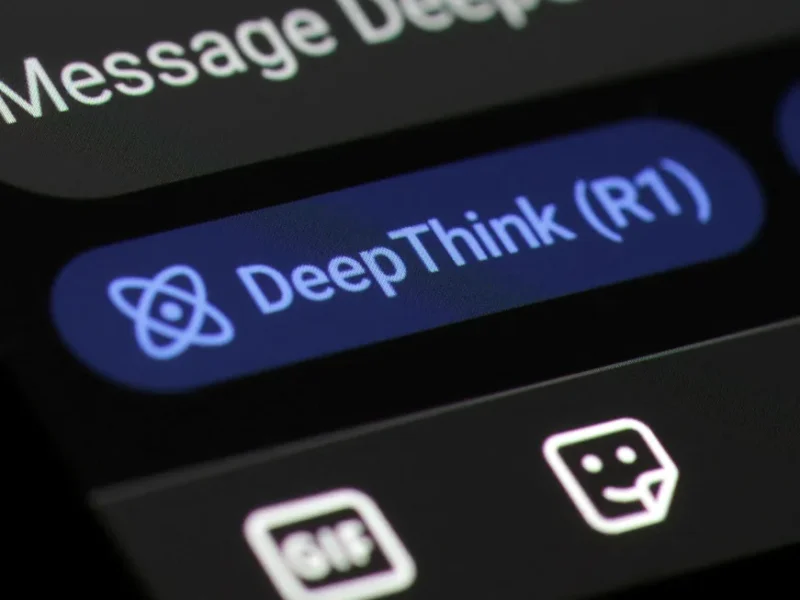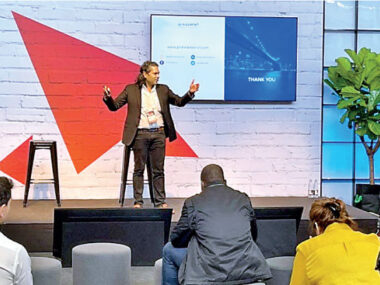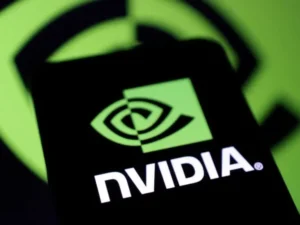Silicon Valley is coming to terms with the fact that developing advanced AI models may not be as exclusive a task as once thought.
The wake-up call came from DeepSeek, a year-old Chinese start-up. Its free, open-source AI model, R1, is comparable to advanced models from major American tech firms—but it was created at a fraction of the cost, using less powerful chips, and requiring far less data center energy to operate.
Up until now, the prevailing belief in the U.S. tech industry was that American giants could stay ahead by investing billions in cutting-edge chips and vast data centers (despite the environmental impact). The idea was that, as some of the wealthiest companies in the world, they could outspend everyone and stay on top. Now, that assumption is being questioned, and these tech giants are facing scrutiny from Wall Street.
The strategy of simply creating the most expensive, powerful models may no longer be the winning approach.
“The paradigm is shifting,” said Zack Kass, an AI consultant and former OpenAI go-to-market lead.
Kass explained that owning a scientific breakthrough, like an AI model advancement, is hard to maintain because competitors can quickly catch up. Now, tech companies may need to focus on lowering costs, developing more useful applications for consumers and businesses, and reducing their consumption of energy and natural resources.
Silicon Valley reacts
At least one American tech leader has already vowed to respond to DeepSeek by accelerating the release of more advanced AI models.
OpenAI CEO Sam Altman praised DeepSeek’s R1 model as “impressive” in a post on X, adding that OpenAI would speed up the release of its new models in response. OpenAI’s Chief Product Officer, Kevin Weil, also stated that the upcoming o3 model, expected to launch soon, would be a significant advancement.
“It’s a super competitive industry, right? And this is showing that it’s competitive globally, not just within the US,” Weil remarked during a call about OpenAI’s new ChatGPT offering for government agencies. “We’re committed to moving really quickly here. We want to stay ahead.”
However, analysts predict that major tech companies may scale back their data center investments and potentially lower consumer charges. DeepSeek has demonstrated that it’s possible to provide this technology at a lower cost, although some experts are skeptical of the startup’s claim that it spent under $6 million to build its model.
OpenAI’s largest investor, Microsoft, is investigating whether DeepSeek used stolen OpenAI data to train its model, according to Bloomberg. Regardless of the controversy, DeepSeek’s accomplishments have spurred Silicon Valley’s AI industry. “All those other frontier model labs — OpenAI, Anthropic, Google — are going to build far more efficient models based on what they’re learning from DeepSeek,” said Gil Luria, head of technology research at D.A. Davidson. “And you’ll be able to use those at a fraction of the price, because it will cost less to run them.”
The industry was likely to eventually prioritize “efficiency,” focusing on enhancing AI capabilities with a given amount of computing power rather than expanding data centers. There’s a limit to how much more powerful AI can become, such as in tasks like email writing or trip planning, before the returns diminish.
But DeepSeek appears to have accelerated that shift. However, cutting data center spending may prove challenging.
Just last week, OpenAI, Oracle, and SoftBank visited the White House to announce a new company and a $500 million investment in U.S. AI infrastructure. Microsoft CEO Satya Nadella confirmed plans for an $80 billion investment in AI this year, and Meta’s Mark Zuckerberg mentioned his company could spend up to $65 billion on AI this year.
“That huge AI data center build-out that we’ve been talking about for the last couple of years? They don’t need to do that anymore,” Luria said. “They can build a lot less because they can offer more services at a much lower price.” Investors will likely expect details of these plans during the upcoming earnings calls of American tech companies.
However, if tech giants reduce their data center costs—thereby lowering charges to customers—their tools may be used more frequently, putting more strain on data centers. The extent of the potential pullback in data center spending is still uncertain.
DeepSeek’s upside
Some tech leaders view DeepSeek as validation rather than a threat.
Advocates for open-source AI argue that the Chinese model proves American companies should share their innovations rather than keeping them behind paywalls. By doing so, the U.S. tech industry could progress more rapidly and maintain its global leadership in technology.
“The United States already has the best closed models in the world. To stay competitive, we must also support the development of a vibrant open-source ecosystem,” wrote former Google CEO Eric Schmidt in a Washington Post op-ed.
Meta, which has supported open-source AI with its Llama model, also believes such models are driving a significant industry shift, accelerating the benefits of AI for everyone.
While DeepSeek may force Silicon Valley to reassess its AI business model in the short term, proponents of AI’s potential to transform the world are optimistic about the progress, said Kass.
“We are freaked out fairly, I suppose, because we thought we had global AI supremacy, when, in fact, we should be celebrating,” Kass remarked. “This is further evidence that the AI revolution is going to democratize technology and distribute it more evenly.”











